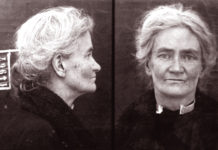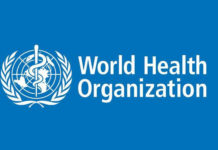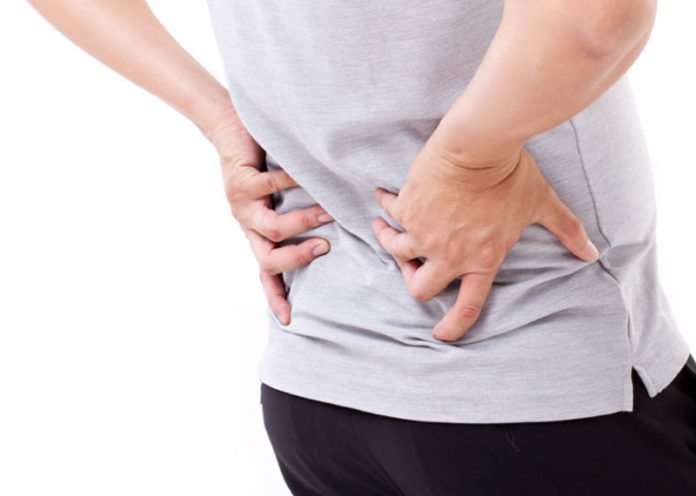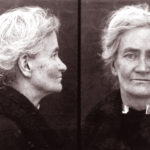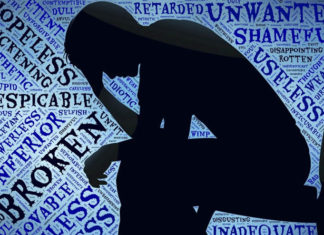Osteoporosis is a state that leads to fragile bones. The osteoporosis increase the risk of fractured bones. Proteins, calcium and collagen gives strength to bones that prevent bones from breaking down or facture. Bones affected by osteoporosis can break with a relatively minor injury that normally would not cause a bone to fracture. This state normally develops in elderly women. It can occur without any symptoms for decades. So, people suffering from osteoporosis, may not be aware of this state for a long time. It is most common among the post-menopausal women. It is most commonly occurs in women, i.e., Osteoporosis problem in women, but nowadays, also impacting men. Osteoporosis is also known as the silent killer. The solution of this problem is to take the proper intake of calcium for the strength of your bones.
Mainly the loss of estrogen level after menopause leads to loss in acceleration of bones. So, it is important to maintain estrogen level after the menopause to maintain the Estrogen. It is important to give an essential nutrients to your bones in your early stage and up to the age of 25 years, so that the bones will remain strong later in life.
1Dietary sources of calcium
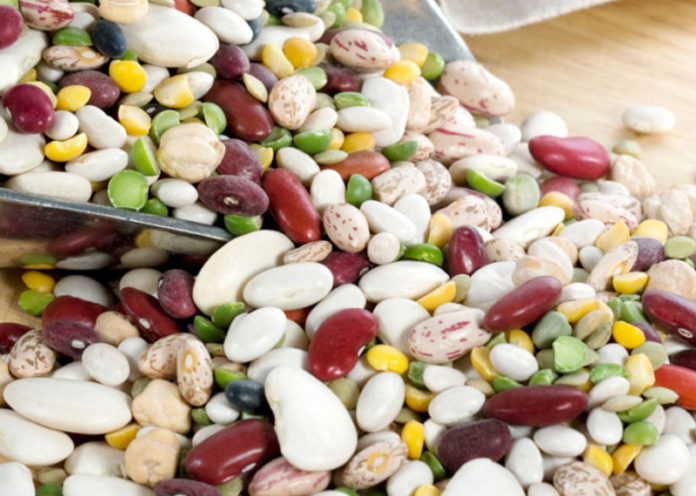
Dairy products like milk, yogurt, etc. are good to prevent from the Osteoporosis. Building strong and healthy bones requires a sufficient intake of calcium. Milk and other dairy products are good sources of calcium. Milk plays an important role in protecting bone health and has huge qualities to make your bones stronger. These are the other sources of calcium are green leafy vegetables like spinach, mustard leaves, turnip greens, fish with the bones. Almonds, sesame, flax seeds, Not only high in calcium also rich in omega-3 fats. Quinoa, a light and healthy whole grain, one cup of cooked quinoa offers approximately 60-100 mg of calcium.
Agents with a vengeance may also help to keep your bones strong.
The diet specialist tells you to try out for foods that can halt the absorption of calcium in your body. “There are things in your diet that can interfere with how much calcium your body can absorb”
3Oxalic acid
Spinach and green leafy vegetables are rich in oxalic acid.
4Sodium
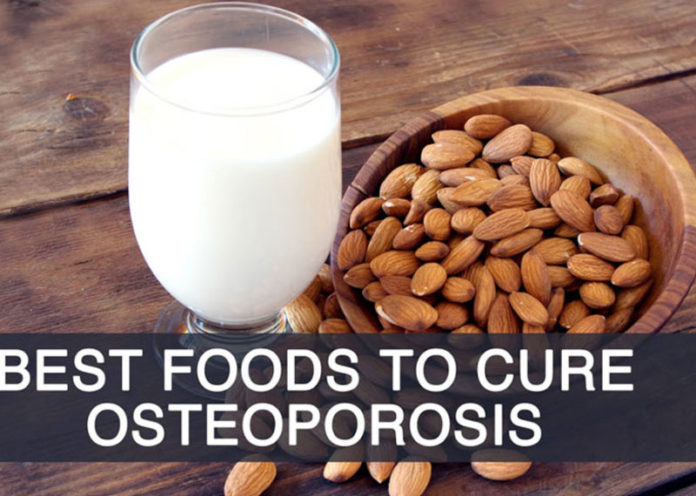
High levels of sodium will interfere with calcium maintenance. Higher the sodium you will take, the more calcium your body needs to meet its daily requirements, so it is good for your body to keep your sodium intake low.
5Vitamin D
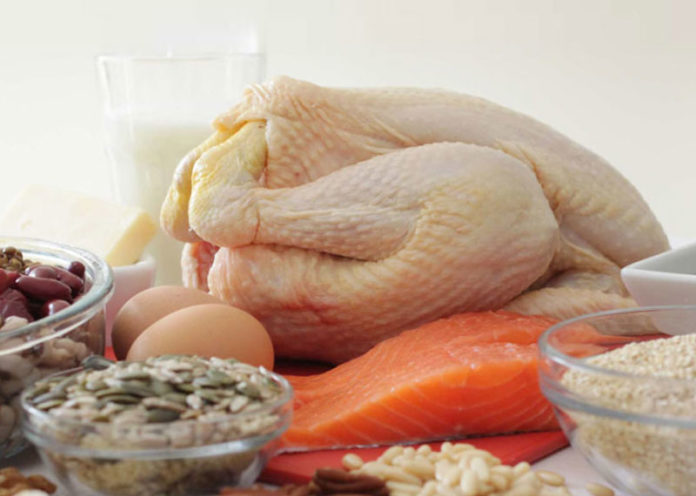
Eileen Canday advised to take vitamins too. “Although the importance of calcium to bone health is well-recognized, adequate calcium intake alone is not enough to prevent bone loss that could lead to osteoporosis and osteoporotic fracture.” Vitamin D helps in the improvement of osteoporosis, “Without sufficient vitamin D, calcium absorption is not efficient enough to satisfy the body’s needs, even when calcium intake is adequate. Vitamin D is synthesized in the skin when exposed to ultraviolet-B (UVB) radiation from sunlight and can be obtained from the diet.”
Nutritionist Eileen says “Vitamin D deficiency is common and increases the risk of osteoporosis. Sun exposure for 5-10 minutes on bare skin, such as the arms and legs, 2- 3 times weekly improves vitamin D status with minimal risk of skin damage. Sunscreen, skin color, season, geographic latitude, time of day, clouds, and smog affect UV ray exposure and vitamin D synthesis”.
You can take vitamin D from different food products like saltwater fish, egg yolks, liver, mackerel, salmon, and tuna.”
6Protein

Collagen is an important constituent of bone. Maintain a balance of high biological value protein foods in your diet. The food like meat, seafood, poultry, eggs, cheese, beans, and other dairy products.
7Phosphorus
It helps in building bone and tissue during growth. There is a wide availability of phosphorus in foods. Sources of phosphorus are milk, cheese, yogurt and other dairy products.
Know about: Healthy benefits of eggs
By: Shaveta Kandhari


